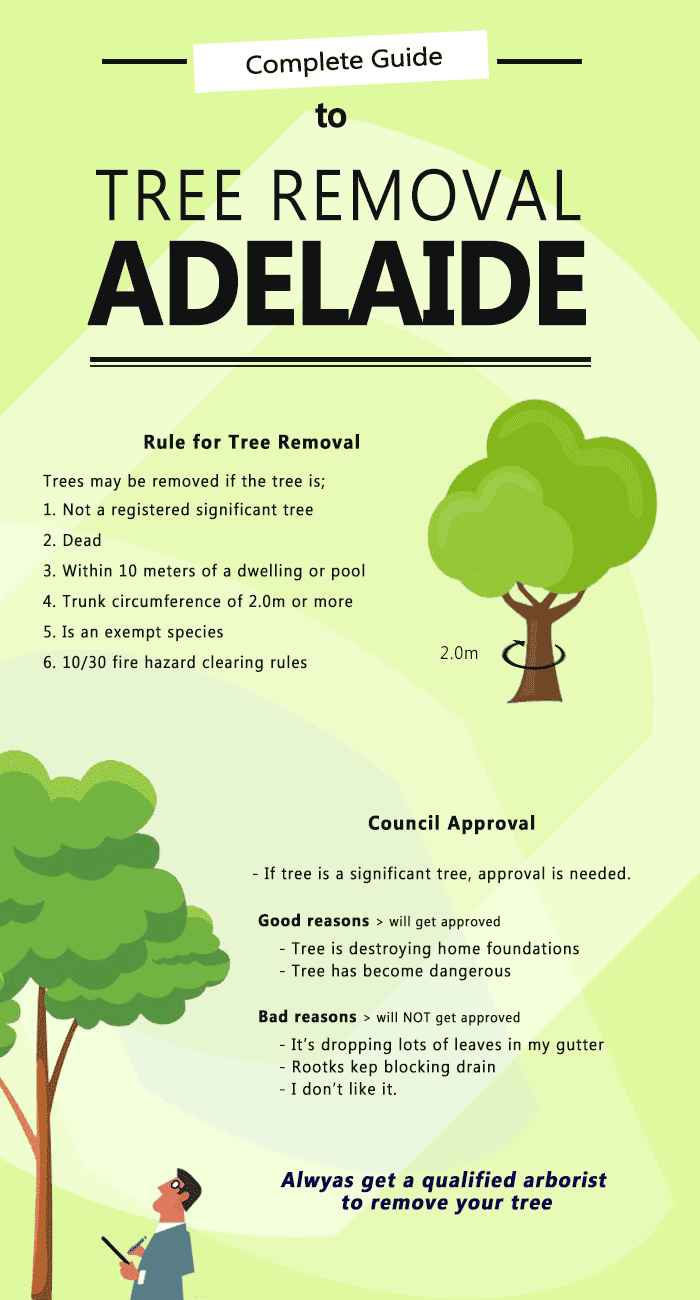Warning Signs For Tree Elimination: Exactly How To Identify Dangerous Trees
Warning Signs For Tree Elimination: Exactly How To Identify Dangerous Trees
Blog Article
Uploaded By-McDonald Butcher
When it concerns tree treatment, identifying the signs that it's time for elimination is vital for your security and building. You may observe blemished fallen leaves, wilting branches, or strange fungal growths suggesting health issue. Architectural problems, like a significant lean or splits in the trunk, can also posture dangers. Understanding these warning signs can assist you make notified decisions about your trees and prevent potential hazards prowling in your yard. What should you seek next?
Indicators of Decay and Condition
When you observe indications of degeneration and illness in your trees, it's crucial to act swiftly. Seek stained fallen leaves, wilting branches, or unusual growths like fungi. These can suggest that your tree is battling.
If you see cracks in the bark or soft, mushy timber, these symptoms recommend internal decay. In addition, a sudden boost in parasites around your tree can signify that it's deteriorated and prone.
Look for any kind of dead or dying limbs, as they pose a danger to your building and security. If you're uncertain about what you see, getting in touch with an arborist can supply clarity.
Resolving these indications early can conserve you from a lot more extensive damages and guarantee the health of your lawn. visit this website link wait till it's too late.
Structural Instability and Leaning
As you observe your trees, watch out for any type of indications of structural instability or leaning. If a tree leans considerably, it might show that the origin system is endangered.
Seek any cracks in the trunk or soil around the base; these can signal potential failing. Additionally, look for unusual growth patterns, like a lopsided crown, which might recommend that the tree is battling to hold itself upright.
If you notice that the tree favors your home, high-voltage line, or other structures, it postures a better danger. Do not disregard these indications-- speak with an arborist to assess the circumstance.
Acting early can avoid pricey damages and ensure your security.
Dead or Dying Branches and Vegetation
If you discover dead or dying branches and foliage on your tree, it's a clear indication that something's wrong.
These unhealthy areas can suggest underlying issues like illness, pest infestations, or ecological stress. When branches shed their leaves or transform brownish, they're no longer adding to the tree's health. Disregarding these signs might cause further decrease, making your tree much more unsafe.
https://drive.google.com/file/d/1pH09ZL8PK0K0HI2zDPp7x7SBf1Ht8QEW/view?usp=sharing can conveniently break off throughout storms, presenting a danger to residential property and people nearby. It's vital to examine the extent of the damage.
If the trouble influences a significant part of the tree, think about seeking advice from a specialist. They can help establish if removal is necessary to make sure safety and security and keep the charm of your landscape.
Final thought
If you see any type of signs of decay, architectural instability, or dead branches on your trees, don't overlook them. These signs can position significant safety risks to you and your residential property. It's always best to speak with an expert arborist that can supply a specialist assessment of your trees. Taking action early can avoid crashes and costly damages, ensuring your landscape remains safe and healthy and balanced. Remember, it's much better to be positive about tree care than to wait for a catastrophe to take place.
